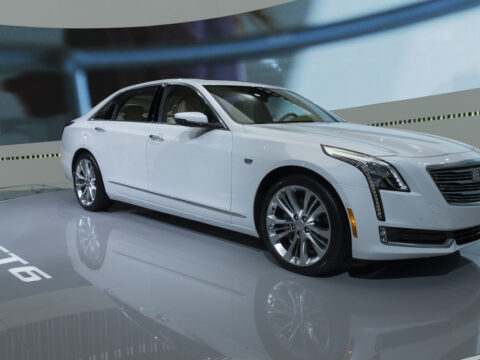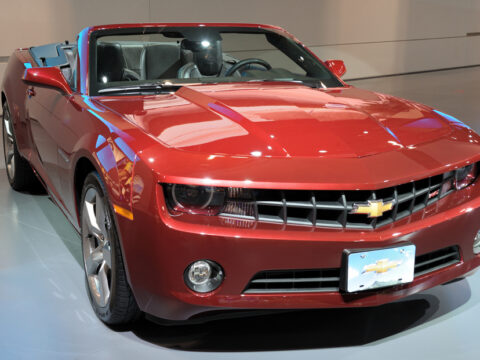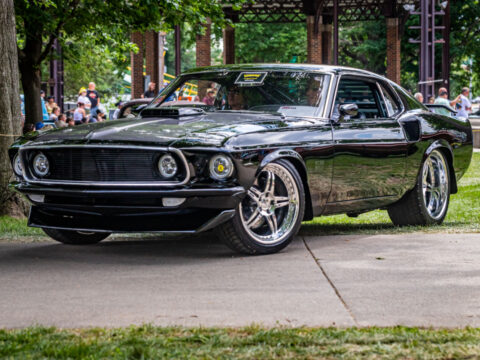Naval ships are built for long service lives, but some vessels are decommissioned far sooner than expected. Whether due to design flaws, technological obsolescence, or strategic changes, these ships were retired early. Here are some naval ships that were quickly decommissioned, shedding light on their brief and troubled service.
Contents
USS Indianapolis (CA-35)
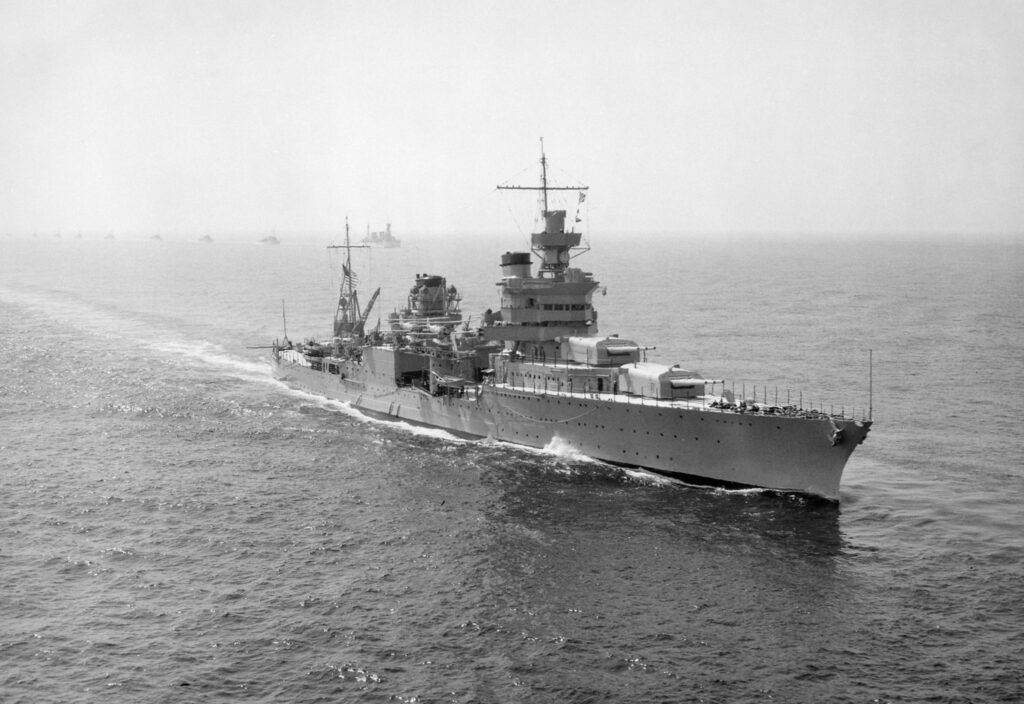
The USS Indianapolis, a Portland-class heavy cruiser, was commissioned in 1932 and served with distinction during World War II. Tragically, after delivering atomic bomb components to Tinian Island in July 1945, it was torpedoed by a Japanese submarine. The ship sank in 12 minutes, and due to communication errors, rescue operations were delayed, resulting in a massive loss of life. Despite its significant service, the ship’s quick decommissioning was forced by its sinking.
USS Langley (CV-1)
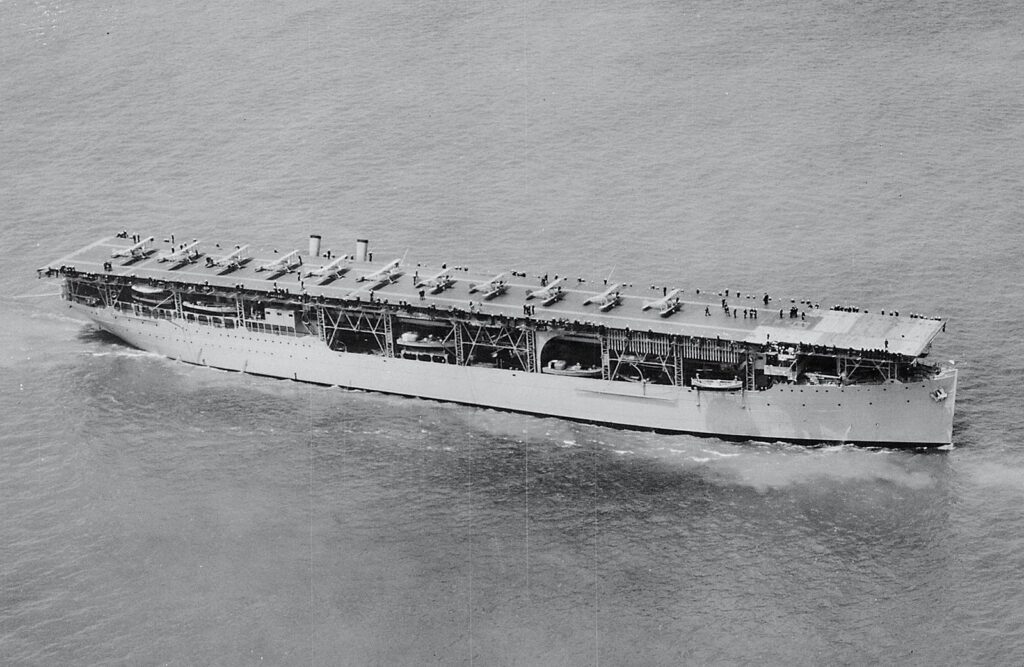
The USS Langley, the first aircraft carrier of the U.S. Navy, was commissioned in 1922. Originally a collier, it was converted into an experimental carrier. By 1942, its design was considered obsolete, and it was converted to a seaplane tender. During the Battle of the Java Sea, it was attacked by Japanese aircraft and scuttled by its crew to prevent capture, leading to its quick decommissioning.
USS Thresher (SSN-593)
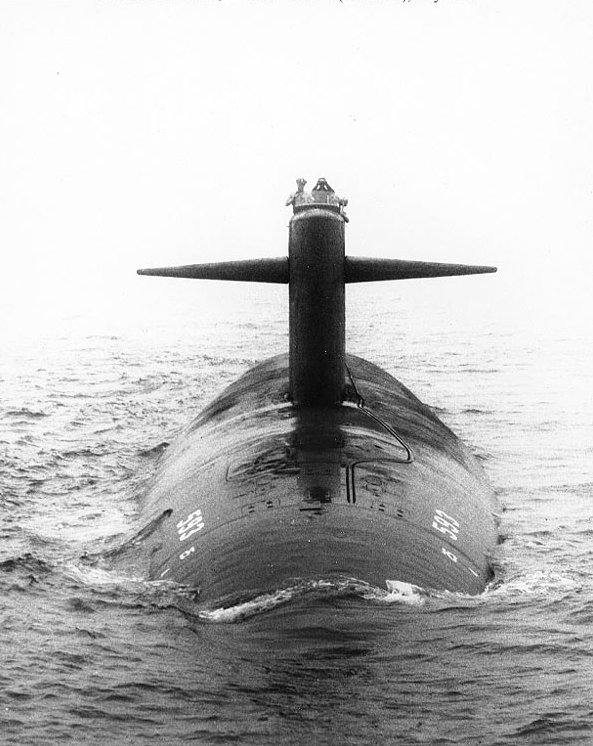
The USS Thresher, the lead ship of its class of nuclear-powered attack submarines, was commissioned in 1961. On April 10, 1963, it sank during deep-diving tests due to a mechanical failure, killing all 129 crew members and civilians on board. The tragedy led to the quick decommissioning of the vessel and the implementation of the SUBSAFE program to improve submarine safety.
USS Scorpion (SSN-589)
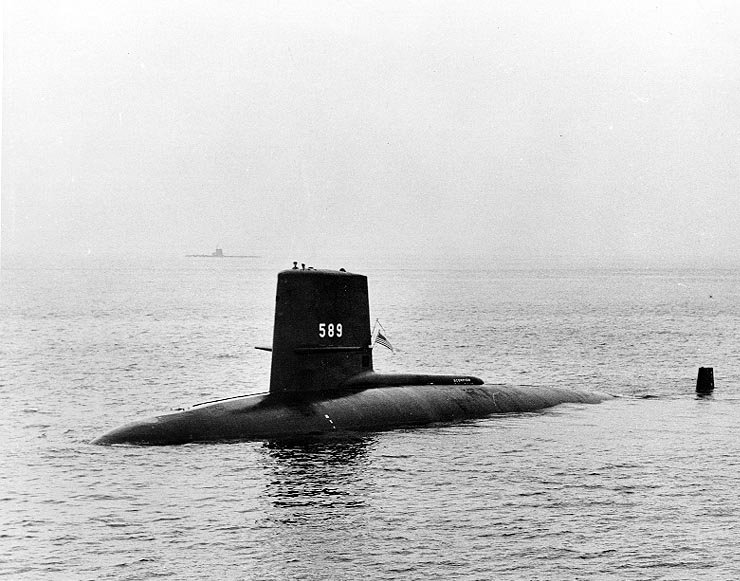
The USS Scorpion, a Skipjack-class nuclear-powered submarine, was commissioned in 1960. It mysteriously sank on May 22, 1968, while returning from a deployment in the Mediterranean, with the loss of all 99 crew members. The exact cause remains unknown, leading to its quick decommissioning and a reevaluation of submarine safety protocols.
USS Guardian (MCM-5)
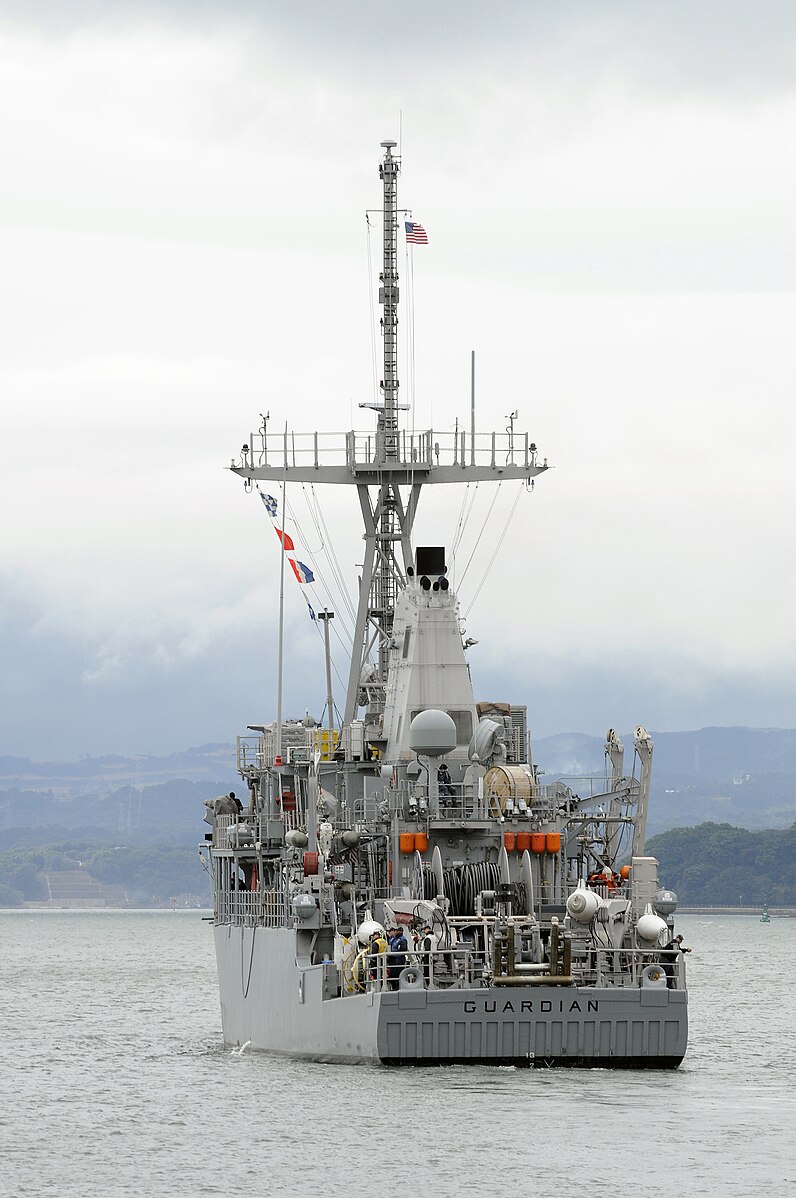
The USS Guardian, an Avenger-class mine countermeasures ship, was commissioned in 1989. In January 2013, it ran aground on Tubbataha Reef in the Philippines. Efforts to remove the ship were unsuccessful, and it was subsequently dismantled on-site to prevent environmental damage, resulting in its rapid decommissioning.
USS Iowa (BB-61)
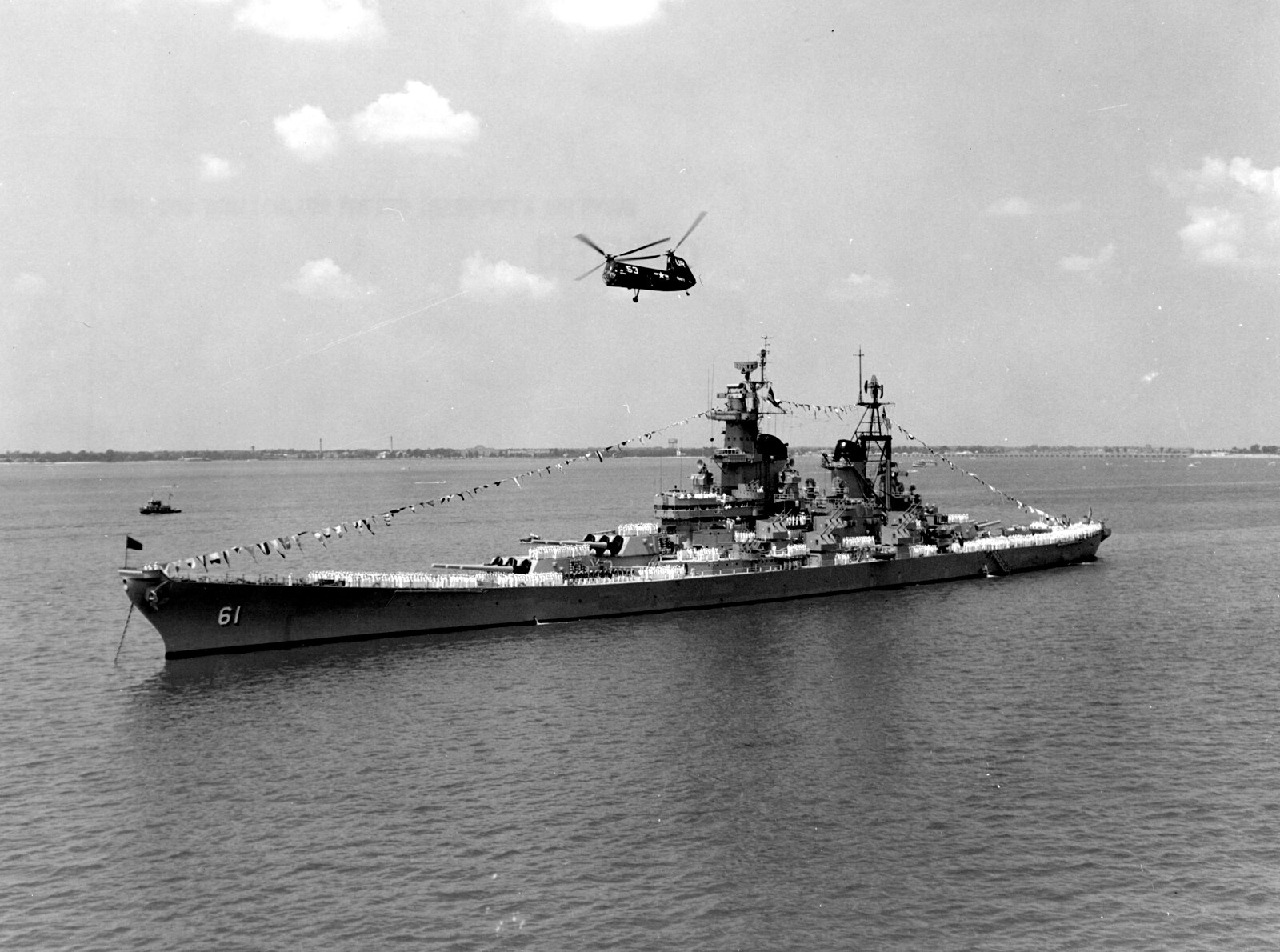
The USS Iowa, an Iowa-class battleship, was commissioned in 1943. It was decommissioned in 1958, then recommissioned in 1984, only to be decommissioned again in 1990. A turret explosion in 1989 killed 47 sailors, contributing to its final decommissioning. The end of the Cold War and changes in naval strategy also played a role in its quick final decommissioning.
HMS Hood (51)

The HMS Hood, a British battlecruiser commissioned in 1920, was one of the largest warships of its time. On May 24, 1941, it was sunk by the German battleship Bismarck during the Battle of the Denmark Strait, with the loss of 1,418 crew members. Its sudden sinking led to a quick decommissioning from active service.
HMS Vanguard (23)
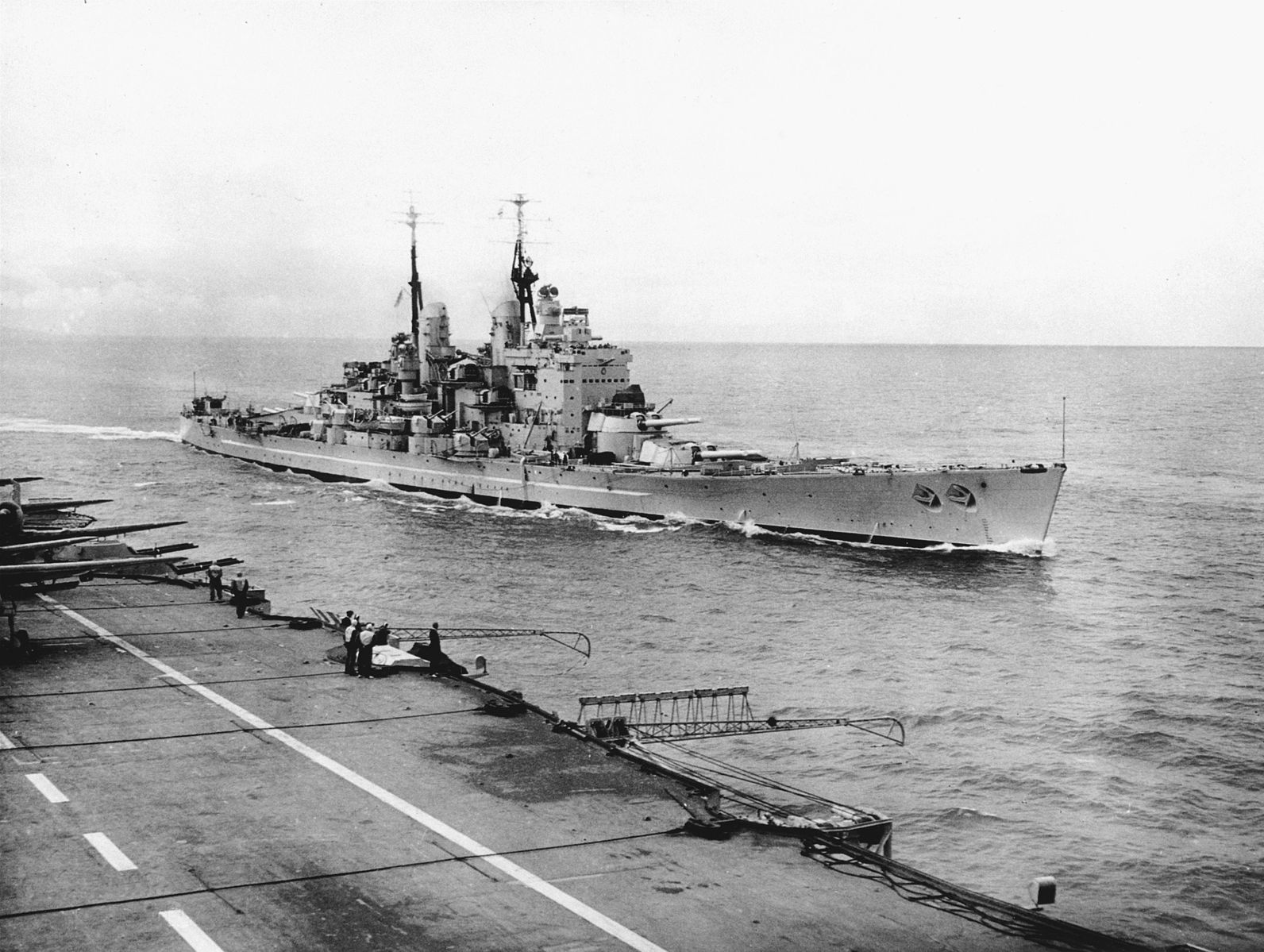
The HMS Vanguard, a British battleship commissioned in 1946, was the last battleship ever built. Despite its advanced design, it saw limited service due to the shift towards aircraft carrier dominance and nuclear deterrence during the Cold War. It was decommissioned in 1960, just 14 years after its commissioning.
INS Vikrant (R11)

INS Vikrant, India’s first aircraft carrier, was commissioned in 1961. It played a crucial role in the Indo-Pakistani War of 1971. However, due to aging and difficulties in acquiring spare parts, it was decommissioned in 1997. Despite efforts to preserve it as a museum ship, it was eventually scrapped in 2014.
USS Belknap (CG-26)
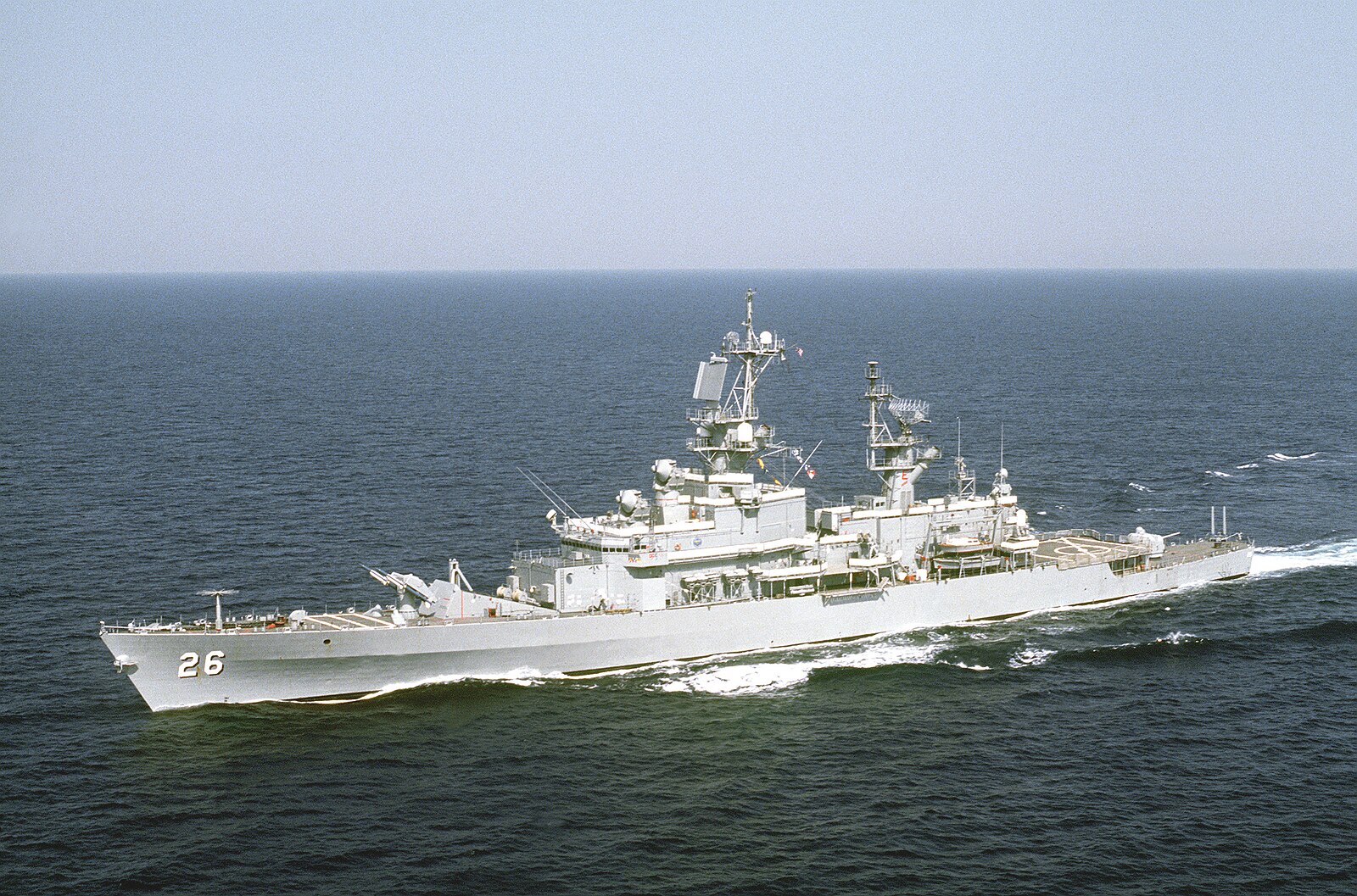
The USS Belknap, a guided-missile cruiser, was commissioned in 1964. In 1975, it collided with the aircraft carrier USS John F. Kennedy, resulting in a massive fire and significant damage. It was repaired and returned to service but was decommissioned in 1995 due to the end of the Cold War and budget cuts.
USS Triton (SSRN-586)

The USS Triton, a nuclear-powered radar picket submarine, was commissioned in 1959. It was the first submarine to circumnavigate the globe submerged. However, advancements in radar and early warning systems made its role redundant, leading to its decommissioning in 1969 after just 10 years of service.
USS Missouri (BB-63)
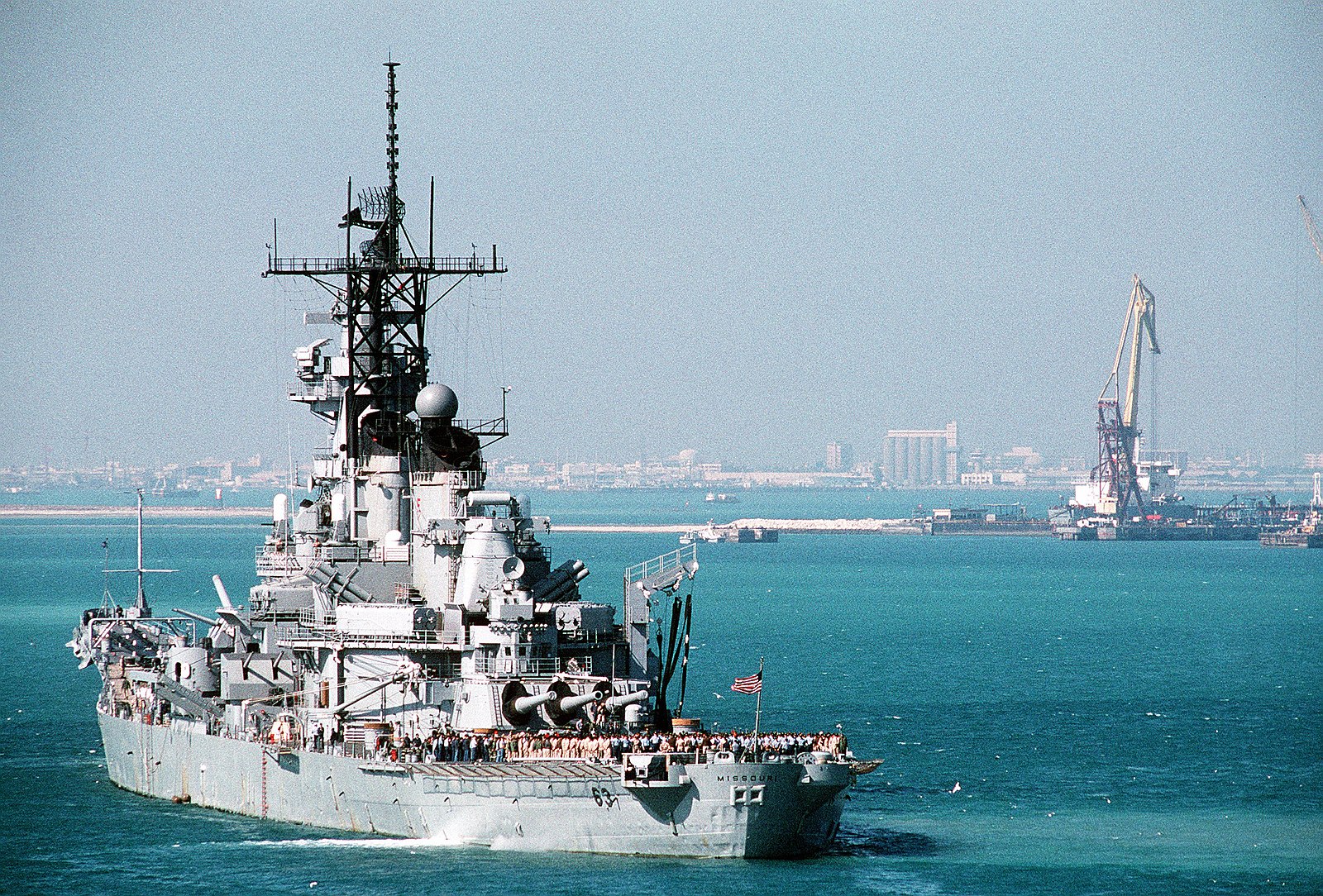
The USS Missouri, an Iowa-class battleship, was commissioned in 1944. It saw action in World War II, the Korean War, and the Gulf War. Decommissioned in 1955, it was recommissioned in 1986 and finally decommissioned in 1992. Changes in naval warfare and the high cost of operation contributed to its rapid final decommissioning.
USS Indianapolis (LCS-17)
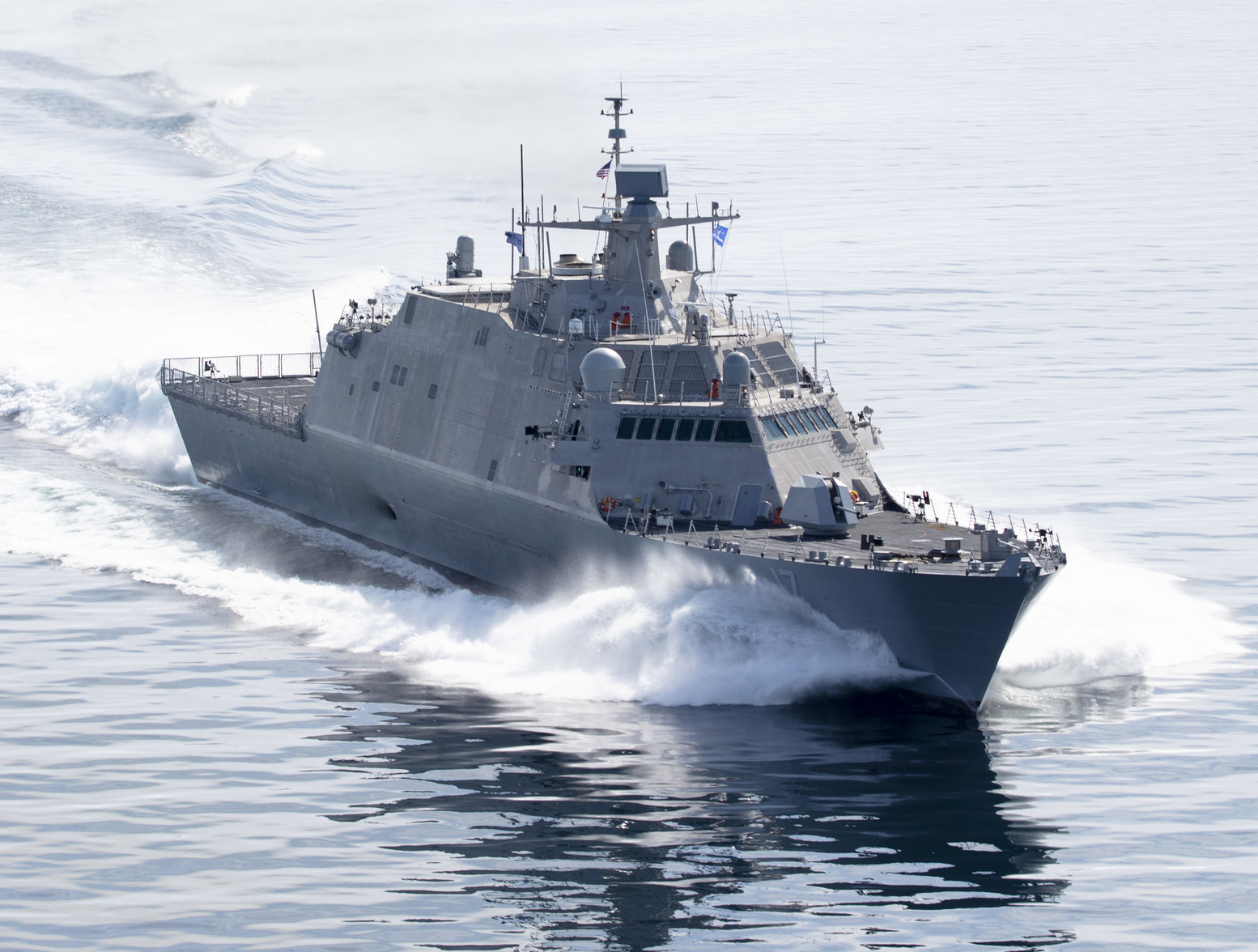
The USS Indianapolis, a Freedom-class littoral combat ship, was commissioned in 2019. Due to structural issues and cost overruns associated with the LCS program, it faced early decommissioning considerations as the Navy reevaluates its fleet composition and future needs.
USS Pueblo (AGER-2)
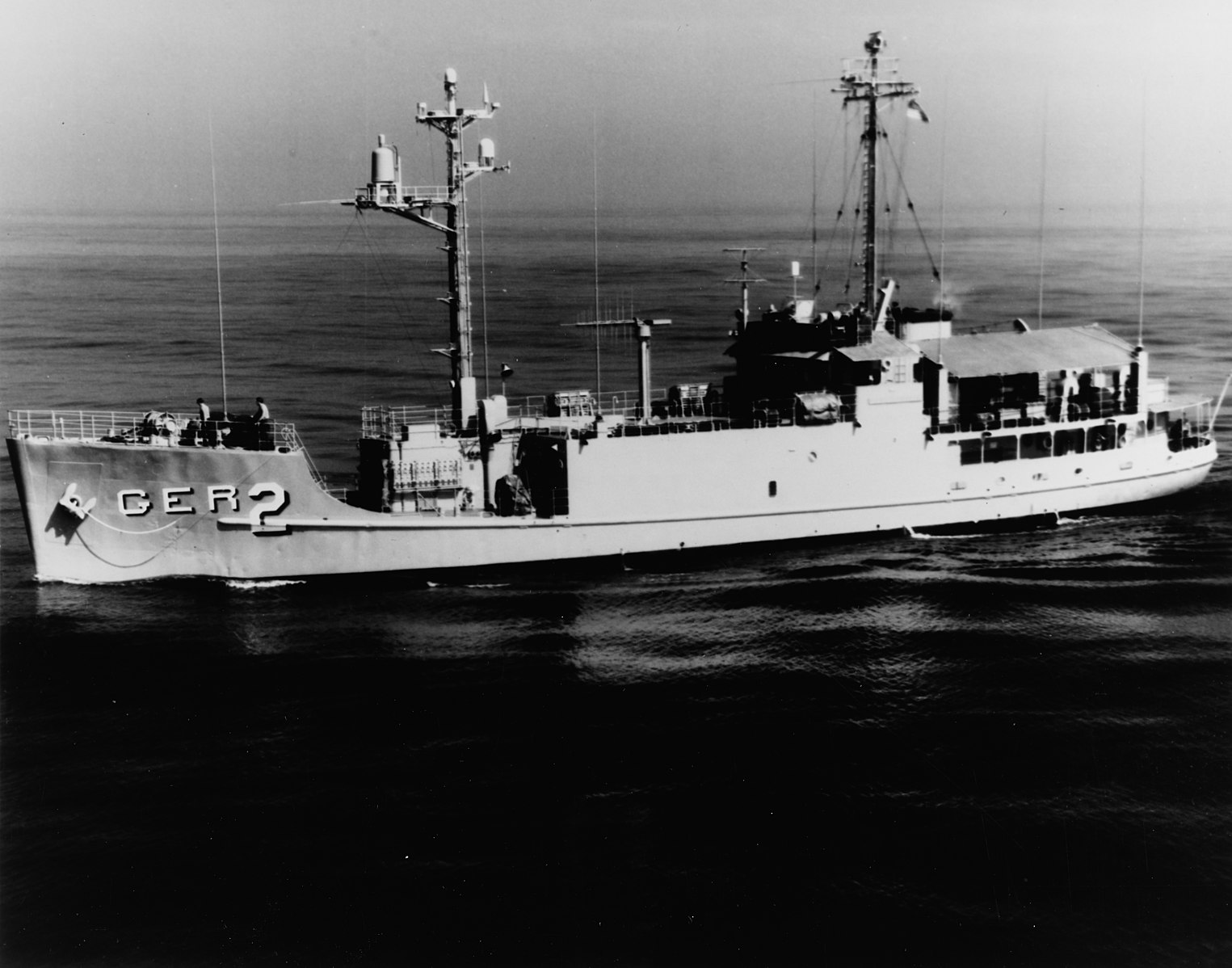
The USS Pueblo, an intelligence vessel, was captured by North Korea in 1968 while on a surveillance mission. Despite diplomatic efforts, the ship remains in North Korean custody. This incident led to its quick decommissioning from the active fleet, and it now serves as a museum ship in Pyongyang.
USS Zumwalt (DDG-1000)
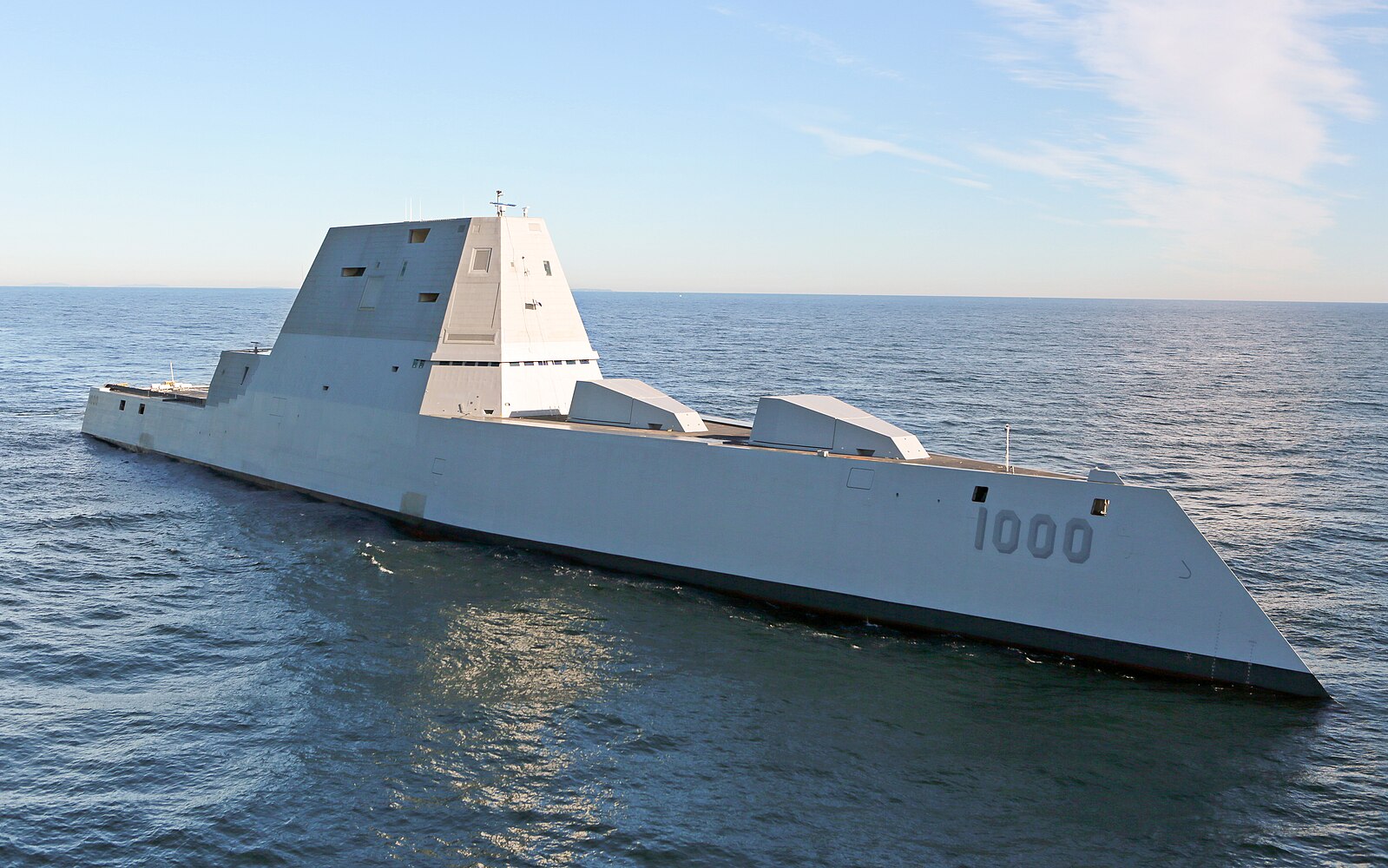
The USS Zumwalt, a guided-missile destroyer, was commissioned in 2016 with advanced stealth technology and futuristic design. However, high costs, technical issues, and changes in naval strategy led to a reduction in the planned fleet size from 32 to just 3 ships. Although not decommissioned, its program was effectively scaled down rapidly.
USS Freedom (LCS-1)
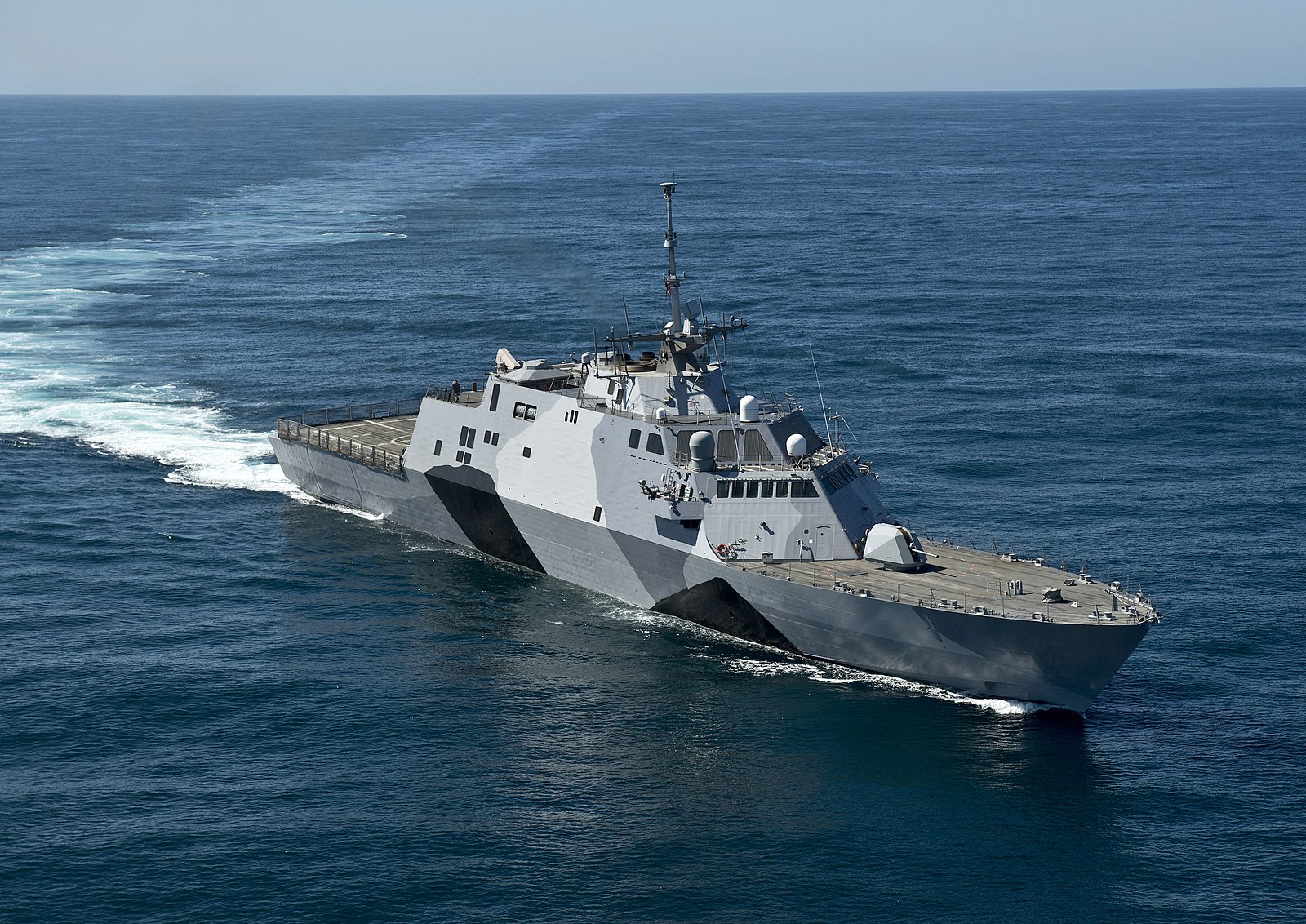
The USS Freedom, the lead ship of the Freedom-class littoral combat ships, was commissioned in 2008. It faced numerous mechanical and design issues, leading to frequent repairs and maintenance problems. The Navy announced plans to decommission it earlier than expected to focus resources on more reliable platforms.
HMS Dreadnought (S101)
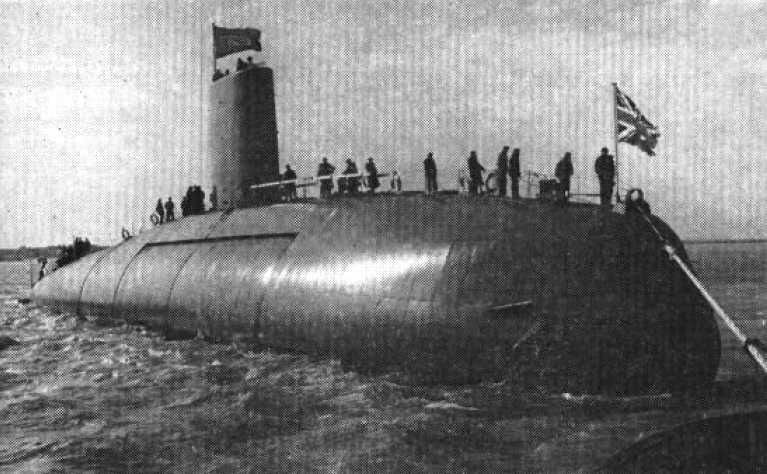
The HMS Dreadnought, the United Kingdom’s first nuclear-powered submarine, was commissioned in 1963. It was a groundbreaking vessel but was decommissioned in 1980 after just 17 years due to advancements in submarine technology and the development of more capable successors.
USS Des Moines (CA-134)
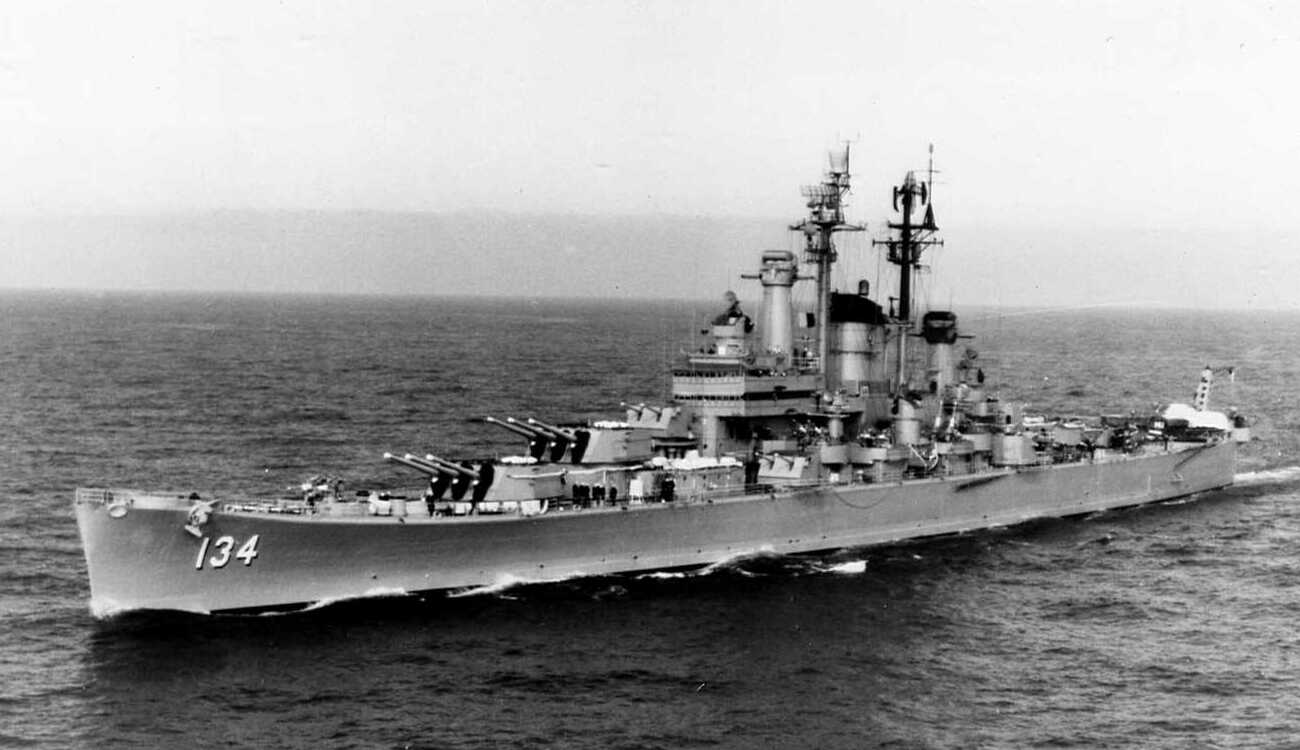
The USS Des Moines, the lead ship of her class of heavy cruisers, was commissioned in 1948. It featured automatic 8-inch guns but saw limited action due to the rapid evolution of naval warfare post-World War II. Decommissioned in 1961, its advanced but outdated technology led to its early retirement.
USS Long Beach (CGN-9)

The USS Long Beach, a nuclear-powered guided-missile cruiser, was commissioned in 1961. Despite its advanced technology, including the first shipboard radar with phased-array antennas, it was decommissioned in 1995 due to the end of the Cold War and high operational costs.
HMAS Australia (D84)
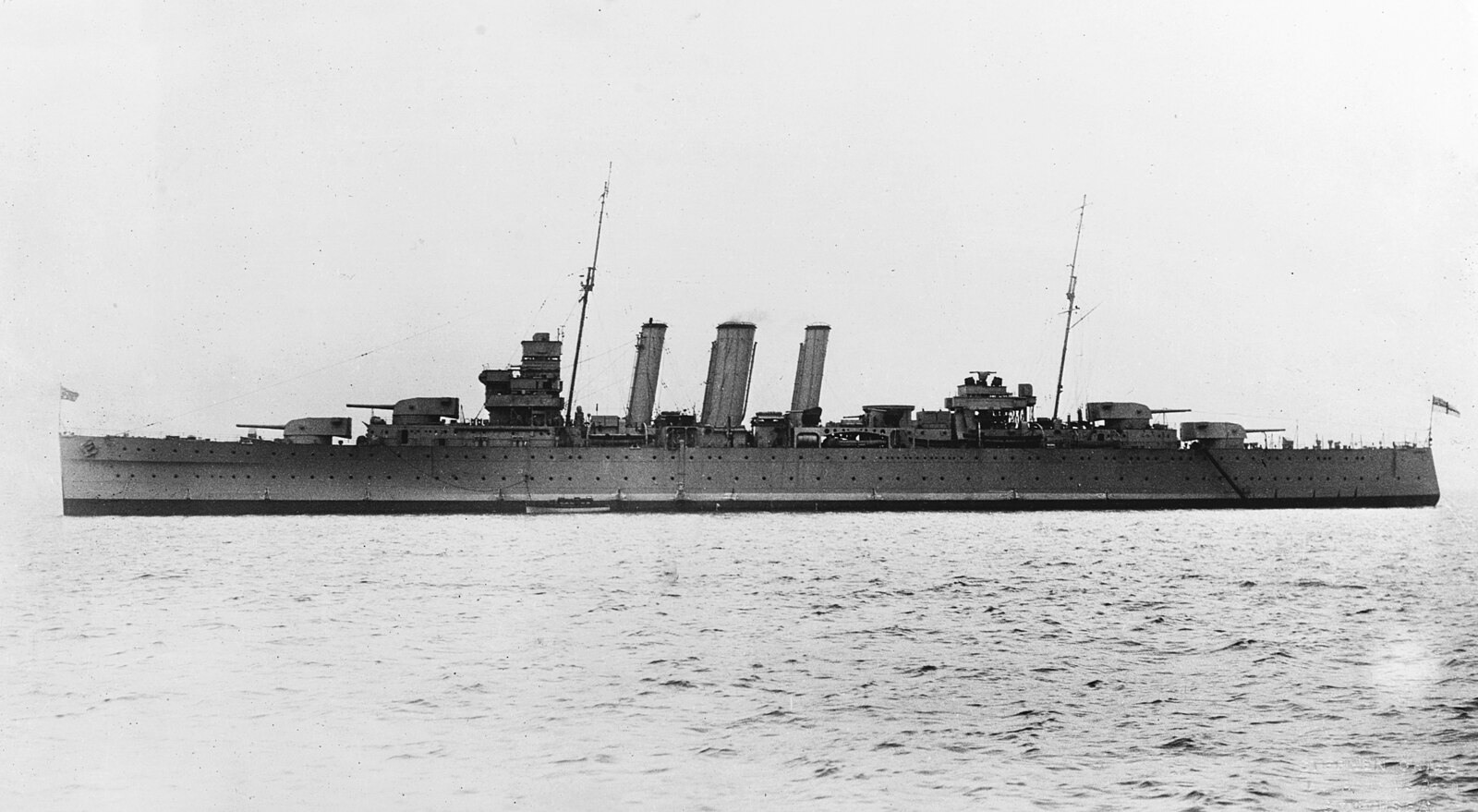
The HMAS Australia, a County-class heavy cruiser, was commissioned in 1928. It served during World War II but was quickly decommissioned in 1954 due to damage sustained during kamikaze attacks and the shift towards more modern naval vessels. Its short post-war service highlighted the rapid changes in naval strategy and technology.
This article originally appeared on MyCarMakesNoise.
More from MyCarMakesNoise
18 Iconic Bikes That Shaped Cycling Culture

Cycling has evolved tremendously over the years, with certain bikes playing pivotal roles in shaping the culture and advancing the sport. From groundbreaking designs to technological innovations, these iconic bicycles have left an indelible mark on cycling history. Read More.
15 Innovative Features Driving the Future of Electric Vehicles

Electric vehicles (EVs) have rapidly evolved from niche alternatives to mainstream choices, thanks to remarkable advancements in technology. These innovations not only enhance the driving experience but also make EVs more efficient, sustainable, and user-friendly. Read More.
18 Underrated Motorcycles with Surprising Performance

When it comes to motorcycles, some of the best rides often fly under the radar. In this list, we’re highlighting 18 underrated motorcycles with surprising performance that deserve more recognition. Read More.

